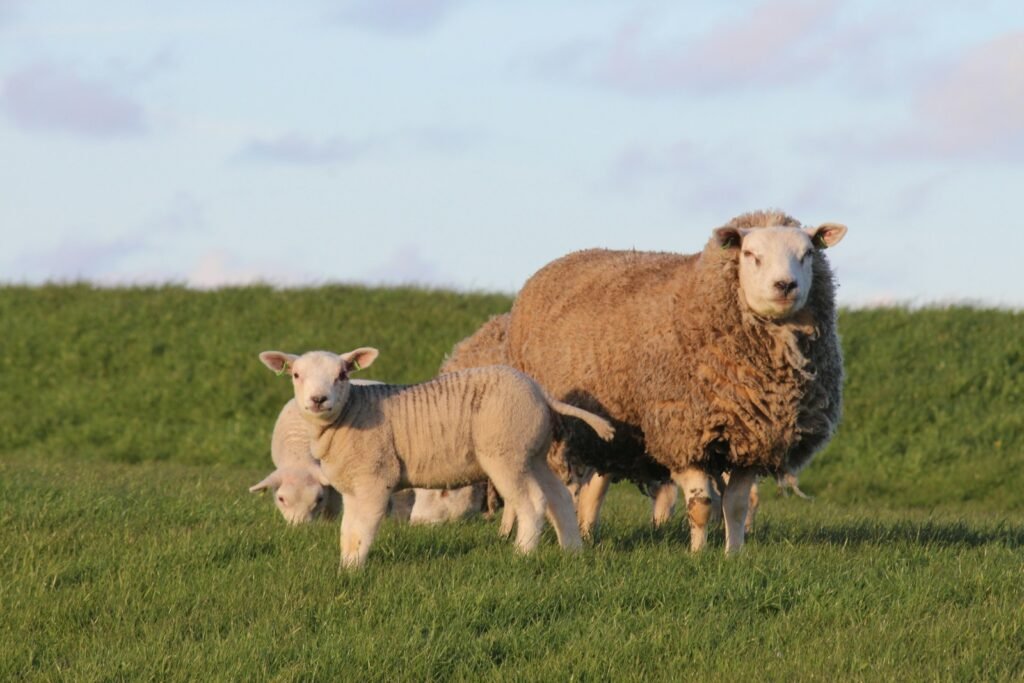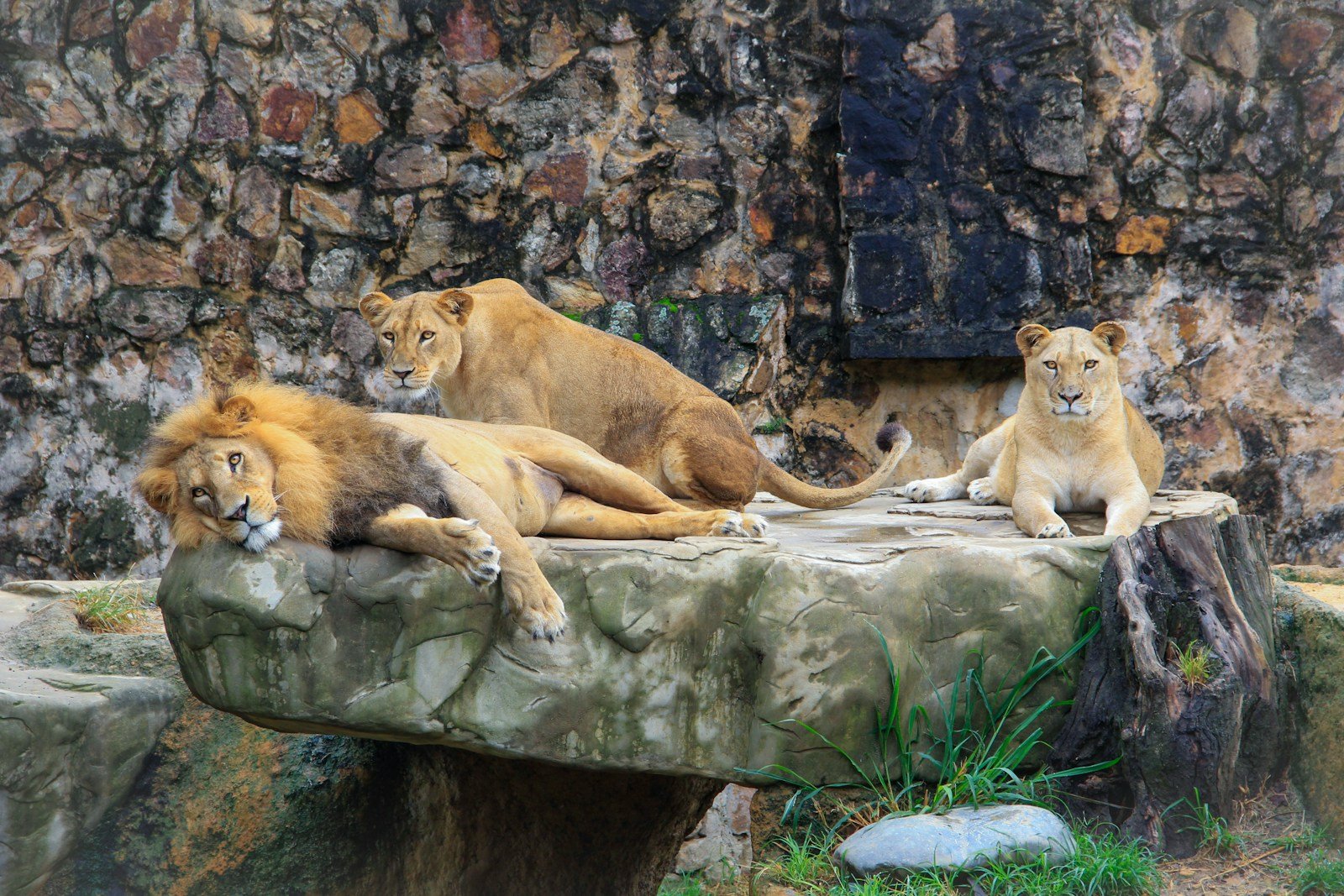Turning your backyard into a wildlife oasis is a rewarding endeavor that can provide a sanctuary for a variety of creatures while enhancing the natural beauty of your space. This transformation involves creating an environment where birds, bugs, and other critters can find food, water, shelter, and a place to raise their young. By understanding and meeting the needs of local wildlife, you can create a balanced ecosystem in your own backyard.
Planning Your Wildlife-Friendly Backyard

Before diving into creating your wildlife oasis, it’s essential to plan thoughtfully. Start by assessing your current backyard conditions — note the existing plants, areas with sunlight and shade, natural water sources, and any structures. Consider the types of local wildlife you wish to attract. Different species have varied requirements, so decide if you want to focus more on attracting birds, beneficial insects, small mammals, or a mix of all. A well-thought-out plan will save time and resources, making it easier to establish your wildlife-friendly yard.
Creating Diverse Habitats

Diversity is the key to attracting a range of wildlife species. Incorporate a mix of native plants, trees, and shrubs that provide food and shelter throughout the year. Native plants are particularly beneficial as they have co-evolved with local wildlife and offer more nutrition than non-native species. Create layers in your garden with groundcovers, mid-level shrubs, and taller trees to mimic natural forest stratification, which supports different creatures.
Providing Food Sources

One of the most effective ways to invite wildlife into your garden is by offering a variety of food sources. Plant flowers rich in nectar to attract pollinators like bees and butterflies. Add berry-producing shrubs and trees, such as serviceberries, elderberries, or holly, to feed birds and small mammals. Consider installing bird feeders stocked with seeds, suet, or nectar for hummingbirds. Don’t forget the insects — allow a portion of your garden to grow wild, supporting bugs that serve as food for birds and other creatures.
Ensuring a Reliable Water Supply

All wildlife needs water for survival, making it crucial to include a water source in your backyard oasis. Birdbaths are a great start but ensure you clean them regularly to prevent the spread of diseases. For a more dynamic water feature and to attract a wider range of species, consider installing a small pond or a recirculating stream. These features can support amphibians and provide drinking water for birds and mammals. Ensure the water is shallow at the edges to allow safe access for small creatures.
Creating Safe Shelter

Wildlife needs shelter for protection against the elements and predators, as well as a place to raise their young. Piles of rocks, logs, or leaves can provide excellent hiding spots for amphibians and insects. Consider installing birdhouses or bat boxes to offer nesting sites. Dense shrubs and thickets can give small mammals the concealment they need. Aim to keep a portion of your garden untidy, allowing nature to establish its own shelter options.
Maintaining a Chemical-Free Environment

A wildlife-friendly garden should ideally be chemical-free. Many pesticides, herbicides, and fertilizers can harm not only the pests you’re targeting but also beneficial insects, birds, and small mammals. Embrace natural gardening practices like handpicking pests, using compost as fertilizer, and employing companion planting. A healthy ecosystem with a variety of species often regulates itself, reducing the need for chemical interventions.
Monitoring and Enjoying Your Wildlife Oasis

Once your wildlife oasis is established, take the time to observe and enjoy the wildlife that visits. Keep a journal of species sightings and behaviors as an enjoyable and educational hobby. Monitoring can also help you make adjustments to better meet the needs of the wildlife you wish to attract. Share your experiences with friends and online communities to inspire others to create their wildlife havens.
Creating a backyard wildlife oasis is a dynamic process that evolves over time. By designing with purpose and patience, you can transform your outdoor space into a thriving natural habitat, contributing to local biodiversity and offering a peaceful retreat for both wildlife and people.




